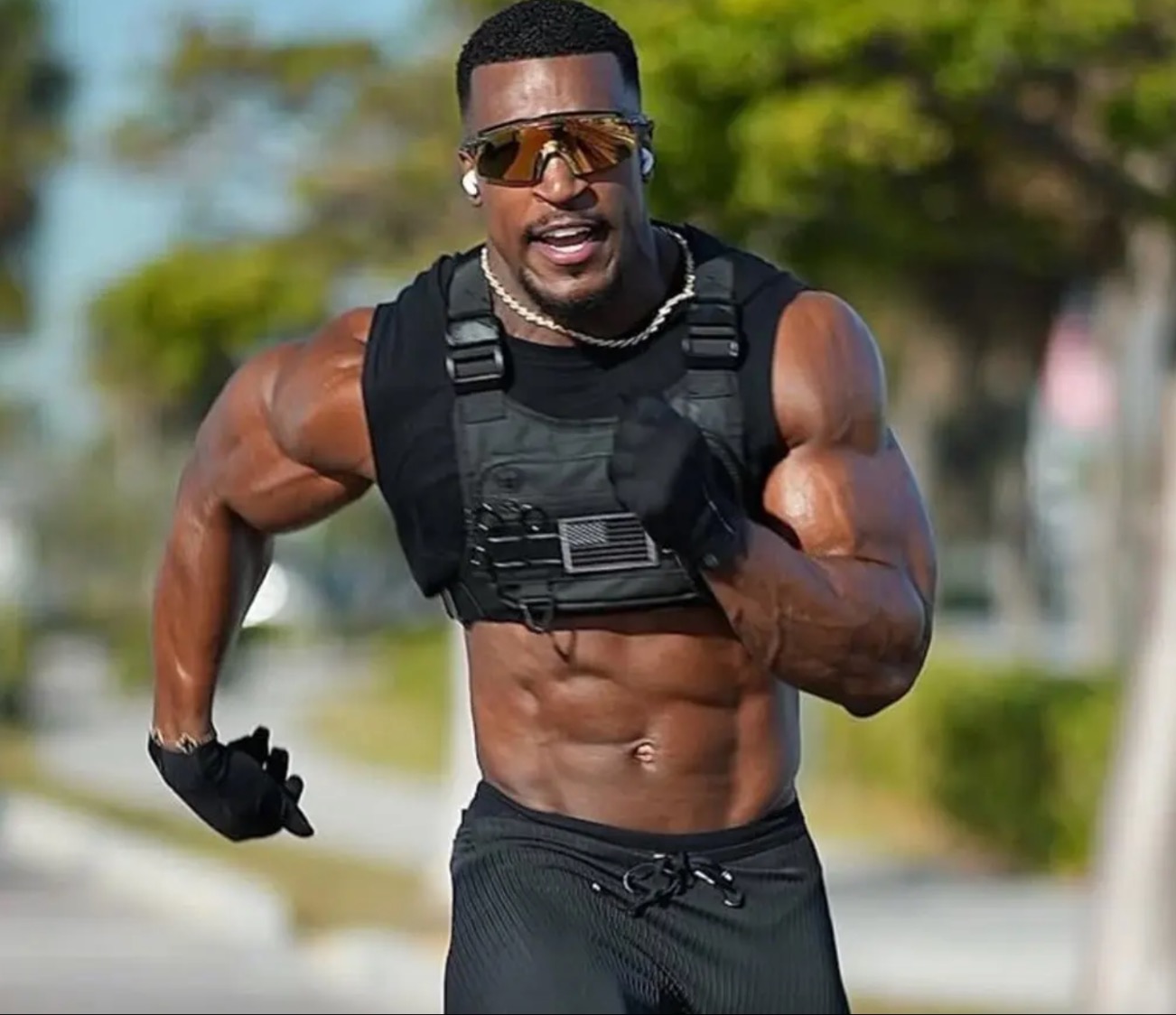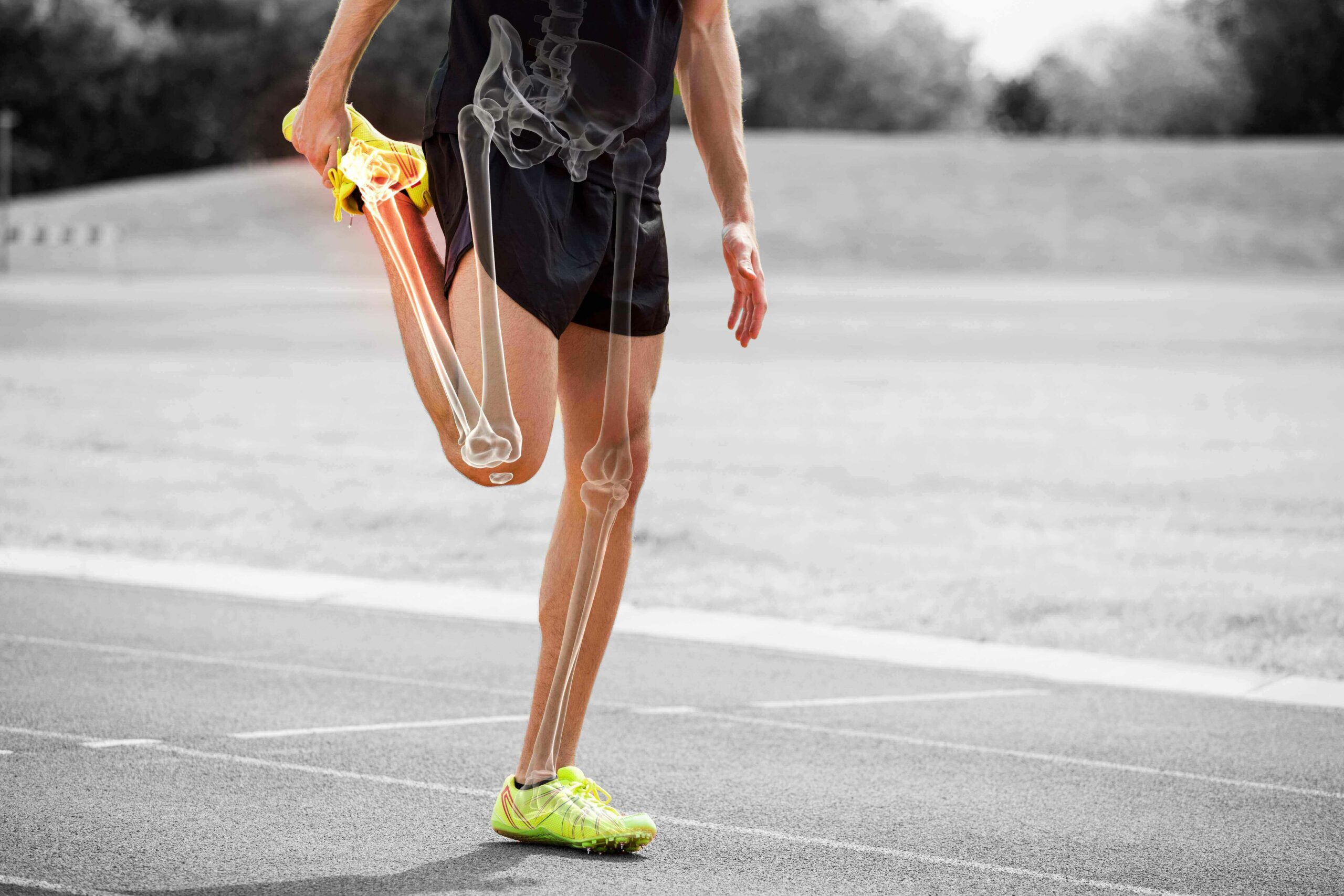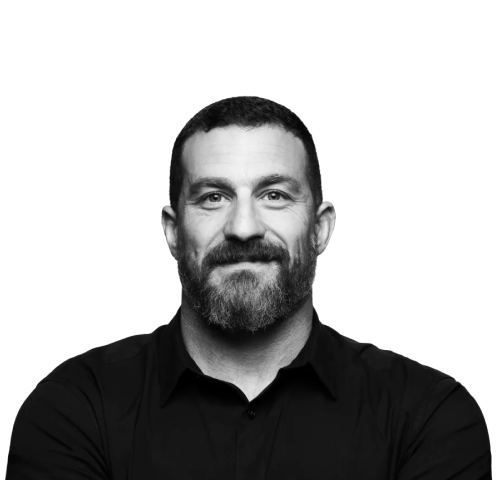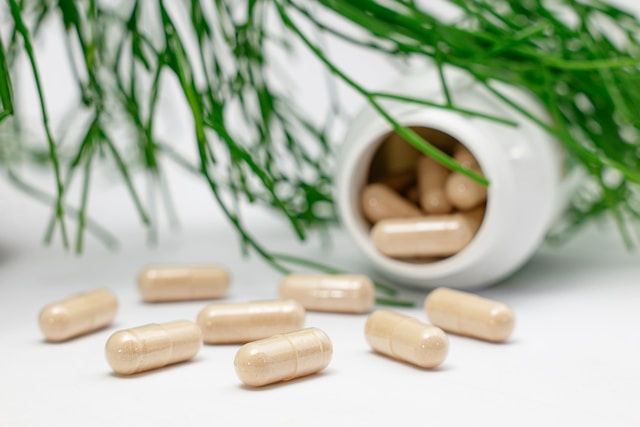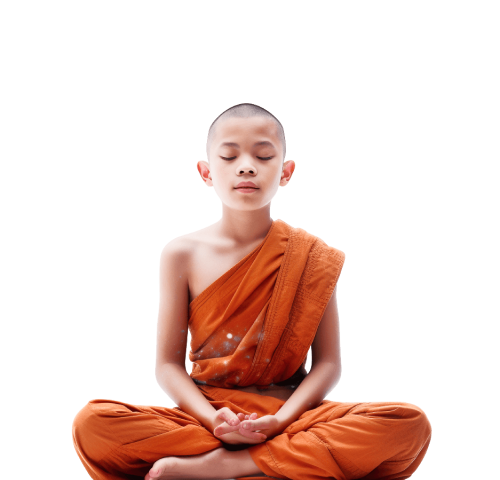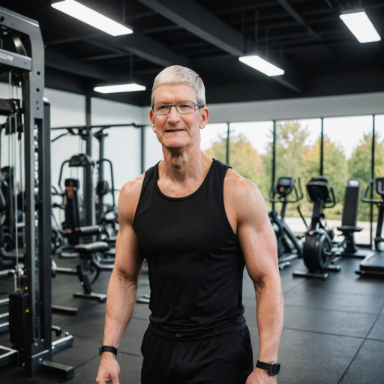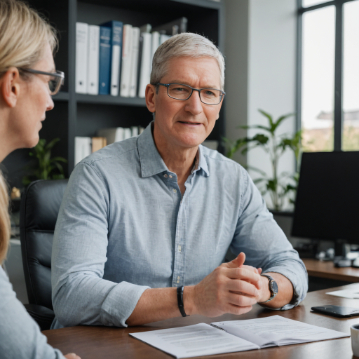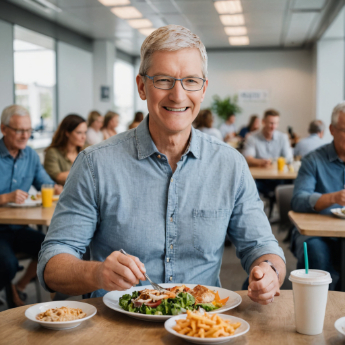Andrew Huberman’s Book Recommendations
Must-Reads for Gaining New Skills and Ideas
Andrew Huberman, a neuroscientist and health advocate, often shares his favorite books that provide valuable insights into science, health, and personal growth. His book recommendations reflect his interest in understanding the brain, optimizing performance, and living a balanced life. In this article, we’ll go through the Andrew Huberman book list, highlighting some of the best books he has recommended for readers looking to expand their knowledge and improve their daily routines.
- Published: February 10, 2025
- Last Updated: June 3, 2025
-
-
The Salt Fix
Salt has long been a topic of debate in health and nutrition circles. The Salt Fix by Dr. James DiNicolantonio challenges the conventional advice about sodium intake and dives deep into the importance of salt for overall health. This book reshapes how we think about this essential mineral, making it a favorite on the Andrew Huberman book recommendations list.
Key Insights from The Salt Fix
- Salt’s Role in Health: The book emphasizes how sodium is essential for hydration, nerve function, and maintaining blood pressure. It highlights how improper sodium levels can lead to fatigue, poor concentration, and even chronic health issues.
- Challenging the Status Quo: Dr. DiNicolantonio critiques traditional guidelines that recommend limiting salt intake for most people. He explains how the body naturally regulates sodium levels and why consuming too little salt may cause more harm than good.
- Practical Health Tips: Readers are guided on how to identify if they need more salt in their diet and which types of salt provide the best health benefits. It’s not just about quantity but also about choosing the right kind of salt.
Supplements for Better Hydration
- Fuel Supplement: If you’re looking to support hydration and energy levels in line with the principles discussed in The Salt Fix, the Fuel supplement is an excellent option. It provides key electrolytes and nutrients to keep your body balanced and performing at its best.
- AG1: For an all-in-one solution, AG1 offers essential vitamins, minerals, and hydration support, making it a perfect addition to your routine for daily wellness and energy.
As one of the books recommended by Andrew Huberman, The Salt Fix encourages a fresh perspective on salt and health. It’s a thought-provoking addition to this book list, perfect for anyone who wants to rethink their approach to nutrition. Pairing insights from the book with hydration-focused supplements like AG1 can help you apply these principles to your daily life effectively.
-
Play It Away: A Workaholic’s Cure for Anxiety
Anxiety can often feel overwhelming, especially for those with packed schedules and high-pressure jobs. Play It Away: A Workaholic’s Cure for Anxiety by Charlie Hoehn offers a fresh perspective by advocating for play as a way to reduce stress and improve mental well-being. This book is a refreshing pick from the Andrew Huberman book recommendations list and serves as a practical guide for anyone seeking better stress management techniques.
Essential Takeaways from Play It Away
- The Power of Play: The book emphasizes that including fun activities into your routine can significantly reduce anxiety. It shows how laughter, games, and social interaction can help break the cycle of stress.
- Personal Experiences: Author Charlie Hoehn shares his journey of battling anxiety and how he discovered the therapeutic effects of play. His relatable story makes the book an engaging read for people dealing with similar challenges.
- Actionable Advice: The book provides practical suggestions to integrate play into your daily life, no matter how busy you are. From simple activities like tossing a ball to group games, the focus is on easy and accessible methods to improve mental health.
Supplements for Stress Relief
- Rhodiola Rosea: If you’re looking to manage stress alongside the principles in this book, Rhodiola Rosea is an excellent option. Known as golden root, it contains compounds like rosavin and salidroside, which may help regulate cortisol levels, reducing stress and fatigue.
Play It Away stands out as one of the most practical books recommended by Andrew Huberman for managing anxiety and achieving balance.
-
Longitude
Longitude by Dava Sobel tells the fascinating story of how humanity solved the age-old problem of determining longitude at sea. This book is not only a blend of scientific innovation and adventure but also a testament to human ingenuity. As one of the standout titles on the Andrew Huberman recommendations list, it provides a gripping narrative about the quest to master timekeeping for navigation.
Important Points from Longitude
- The Challenge of Longitude: The book highlights the immense difficulties sailors faced before the invention of accurate timekeeping. It paints a vivid picture of the perilous conditions that demanded a reliable solution for navigation.
- The Role of John Harrison: At the heart of the story is John Harrison, a self-taught clockmaker whose work revolutionized timekeeping. His invention of the marine chronometer was a game-changer for maritime travel.
- Science Meets Adventure: Sobel combines technical details with engaging storytelling, making complex topics accessible and enjoyable. Readers are taken on a journey through history, science, and the determination of one man to solve a critical problem.
If you’re looking for a thought-provoking title from the Andrew Huberman book list, Longitude is a perfect choice. This captivating read not only delves into the science of timekeeping but also inspires with its tale of human determination.
-
Deep Work: Rules for Focused Success in a Distracted World
In today’s fast-paced world, staying focused has become more challenging than ever. Deep Work: Rules for Focused Success in a Distracted World by Cal Newport provides actionable strategies to enhance concentration and productivity. This book, featured on the Andrew Huberman book recommendations list, offers insights into creating a distraction-free environment for meaningful work. Its emphasis on deep focus has positively impacted Huberman’s work and can do the same for anyone looking to improve their productivity.
What You’ll Learn from Deep Work
- The Value of Deep Work: The book explains why uninterrupted, focused work leads to higher-quality results. Newport highlights how deep work can help individuals master complex tasks and produce better outcomes.
- Strategies for Focus: It provides techniques to eliminate distractions, such as time-blocking and setting boundaries for social media use. These practices can significantly enhance productivity.
- Rewiring the Brain: Newport discusses how cultivating a habit of deep work can reshape your ability to focus over time, making it easier to maintain clarity during challenging tasks.
- Balancing Shallow and Deep Work: While deep work is essential, Newport emphasizes that shallow work—like emails and quick tasks—has its place, provided it’s managed effectively.
Recommended Supplements for Focus
- Brain Drive: Designed to support mental clarity and focus, Brain Drive contains ingredients that boost cognitive performance, making it an excellent addition for anyone inspired by Deep Work.
- Creatine: Known for its role in enhancing physical performance, creatine also supports brain health and cognitive function, aiding in sustained focus during demanding tasks.
- Omega-3: These essential fatty acids support brain health and reduce inflammation, making them an ideal supplement for improving mental clarity.
- Alpha GPC: This supplement boosts acetylcholine levels in the brain, enhancing memory and learning capabilities, which are crucial for deep work.
- Tyrosine: It helps maintain mental performance during stress and fatigue, ensuring consistent focus even in challenging situations.
-
The Courage to Be Disliked
The Courage to Be Disliked by Ichiro Kishimi and Fumitake Koga presents a fresh perspective on living a fulfilling life by drawing on the principles of Adlerian psychology. It challenges readers to rethink their perceptions of happiness, relationships, and self-worth.
Lessons from The Courage to Be Disliked
- Adlerian Psychology Simplified: The book breaks down Alfred Adler’s psychological theories, focusing on how individuals can take control of their lives by letting go of past experiences and societal pressures.
- Freedom Through Responsibility: It emphasizes the idea that true freedom comes from taking responsibility for your actions and not blaming others or external circumstances.
- Overcoming the Fear of Rejection: The book teaches that living authentically often means accepting that not everyone will agree with or like you—and that’s okay.
- Building Meaningful Relationships: Practical advice is offered on improving interpersonal relationships by focusing on mutual respect and understanding rather than seeking approval.
As one of the books recommended by Andrew Huberman, The Courage to Be Disliked provides readers with actionable insights to improve their outlook on life and relationships.
-
Mastery
Mastery by Robert Greene is a profound guide on achieving excellence and purpose in life. The book highlights the steps individuals can take to increase their potential and gain mastery in their chosen fields. This book inspires readers to reflect on their passions and offers actionable advice for lifelong learning and growth.
Key Lessons from Mastery
- The Path to Mastery: The book outlines a clear framework for pursuing mastery by developing skills through dedicated practice, patience, and persistence.
- Learning from Mentors: Greene emphasizes the importance of seeking guidance from mentors who can accelerate your progress and provide valuable insights.
- Harnessing Your Inner Potential: The book discusses how understanding your natural talents and interests is essential for long-term success and fulfillment.
- Embracing Challenges: Greene highlights the role of challenges and setbacks in building resilience, ultimately helping you move closer to mastery.
- Historical Examples: Mastery draws from the lives of historical figures like Leonardo da Vinci and Benjamin Franklin, showing how their paths to greatness offer timeless lessons.
Mastery by Robert Greene is a compelling addition to the Andrew Huberman book list, offering a roadmap for achieving purpose and success. It stands out for its practical guidance and inspiring stories.
-
Wherever You Go, There You Are
Wherever You Go, There You Are by Jon Kabat-Zinn is a timeless book on meditation and mindfulness. It introduces simple yet impactful ways to embrace the present moment through meditation and visualization techniques.
Key Lessons from Wherever You Go, There You Are
- The Power of Presence: The book emphasizes the importance of being fully present in each moment, a cornerstone of mindfulness.
- Visualization Techniques: Kabat-Zinn highlights the role of visualization in managing stress and enhancing mental focus, offering practical exercises to try.
- Mindfulness for Daily Life: Readers learn how to bring mindfulness into everyday activities, from eating to walking, fostering a sense of peace and awareness.
- Embracing Simplicity: The book encourages simplifying your approach to life and focusing on what truly matters, creating room for greater contentment.
- Accessible Practices: It offers step-by-step guidance on meditation techniques that anyone can integrate into their routine, regardless of experience level.
Recommended Supplements for Mental Well-Being
- Omega-3 Fatty Acids: Omega-3s are essential for brain health, helping to alleviate symptoms of depression and anxiety. While you can include them in your diet through foods like fatty fish, walnuts, and flaxseeds, the Omega-3 supplement from Momentous provides an easy and high-quality option to support your mental clarity.
- Zinc: This supplement is crucial for optimal brain function and has been shown to have antidepressant effects. Foods like oysters, red meat, and beans are great sources, but a zinc supplement can ensure you’re meeting your daily needs for improved cognitive health.
- Vitamin D: Known as the “sunshine vitamin,” Vitamin D plays a significant role in mental well-being. Low levels are often linked to depression, making it important to include Vitamin D-rich foods or supplements in your routine to support your emotional health.
-


